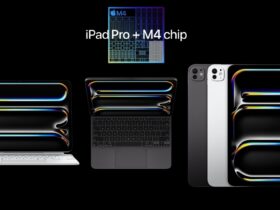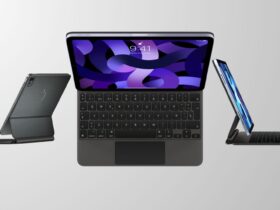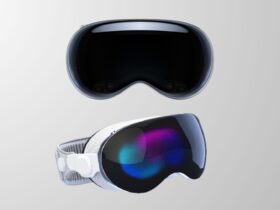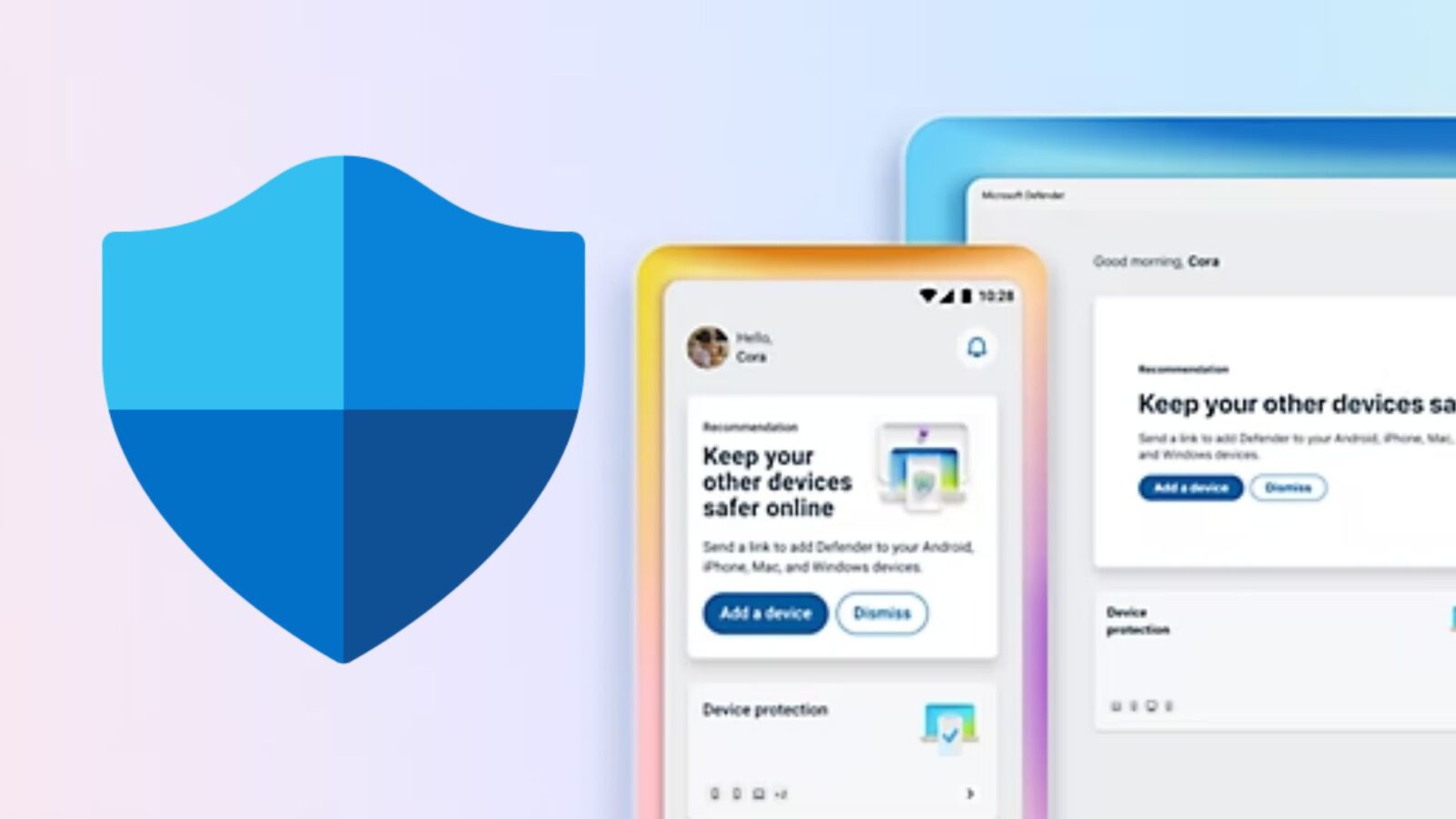Daftar Isi
In the ever-evolving landscape of cybersecurity, the battle between Windows Defender and third-party antivirus solutions rages on. As users seek robust protection for their devices, the choice between Microsoft’s built-in defender and external security software becomes critical. Let’s dissect the pros and cons of each, explore their features, and determine which solution reigns supreme.
The Transformation of Windows Defender: A Comprehensive Security Solution
Microsoft’s journey in enhancing its security offerings is exemplified by the evolution from Windows Defender to Microsoft Defender. This transition marks a significant expansion in Microsoft’s approach to cybersecurity, extending its capabilities beyond mere malware protection to address a wide array of security concerns for both home users and enterprise environments. But how does Microsoft Defender compare to third-party antivirus solutions in today’s digital landscape?
Microsoft Defender: A Comprehensive Security Solution for the Modern Digital Landscape
Over the years, Microsoft Defender has evolved from a simple malware protection tool to a sophisticated, multi-faceted security platform that addresses a broad spectrum of cybersecurity challenges. Its development reflects Microsoft’s commitment to providing advanced, real-time protection for users across the globe. By utilizing a vast global database of threats, Microsoft Defender is adept at quickly identifying and neutralizing malware, ensuring users are protected against both well-known and emerging threats.
Key Features of Microsoft Defender
On-Demand System Scanning
Microsoft Defender goes beyond passive monitoring, offering users the capability to initiate comprehensive scans of their entire system or pinpoint specific locations. This ensures a deep and thorough examination of potential threats, allowing for immediate identification and mitigation.
Innovative Ransomware Protection
Recognizing the growing threat of ransomware, Microsoft Defender implements a two-pronged approach to safeguard users’ data. It utilizes version-controlled backups in OneDrive, providing a secure and retrievable copy of important files. Additionally, it introduces folder access controls, a preventative measure that limits modifications to critical directories by unauthorized applications.
Robust Network Defense
The Microsoft Defender Firewall may not boast the flamboyance of some third-party solutions, but its effectiveness in defending against network threats is undeniable. It forms an integral part of Defender’s comprehensive security suite, quietly but efficiently protecting users from potential network intrusions.
Enhanced Web Safety and Parental Controls
Through its integration with Microsoft Edge and the SmartScreen technology, Microsoft Defender offers an added layer of web protection. This feature blocks access to known phishing and malware-infested sites, significantly reducing the risk of online threats. Furthermore, its parental control options empower parents to manage not only what content is accessible to their children but also how much screen time is appropriate.
Advanced Device Management Capabilities
‘Find My Device’ functionality is another testament to Microsoft Defender’s holistic approach to security. This feature not only helps in locating lost or stolen devices but also enables users to remotely lock their Windows devices, preventing unauthorized access and enhancing data security.
In essence, Microsoft Defender has emerged as a robust, all-encompassing security solution tailored for the modern user. Its wide array of features from on-demand scanning to ransomware mitigation, and network defense to parental controls, exemplifies Microsoft’s vision of a secure, manageable digital environment. As cyber threats continue to evolve, Microsoft Defender’s comprehensive toolkit ensures users can navigate the digital world with confidence, backed by the reliability and innovation of Microsoft’s security technologies.
Read More: Kubernetes, A Transformative Paradigm in Tech Ecosystems
In the vast and complex world of cybersecurity, choosing the right antivirus protection is pivotal. The decision between leveraging Microsoft Defender and opting for third-party antivirus software is influenced by a variety of factors, including individual security needs, the nature of online activities, and preferences for system integration and usability.
The Case for Microsoft Defender
Microsoft Defender, formerly known as Windows Defender, has evolved into a competent security solution that caters efficiently to the needs of casual users and those who partake in low-risk online activities. One of its most significant advantages is its seamless integration within the Windows operating system, offering a streamlined user experience that’s both convenient and straightforward. For those who prioritize a solution that works ‘out of the box’ without the hassle of installing additional software, Microsoft Defender presents an attractive option. It provides essential protection mechanisms with minimal impact on system performance, making it a suitable choice for users who value simplicity and efficiency in their security software.
When to Consider Third-Party Antivirus Programs
On the other hand, third-party antivirus programs step into the spotlight for users who require a more robust level of protection. These solutions are often characterized by their superior virus detection rates and the inclusion of advanced security features not available in Microsoft Defender. For individuals handling sensitive information or those exposed to higher digital risks, the enhanced protective measures offered by third-party antivirus software can be invaluable. Additionally, many of these programs offer customization options and additional tools designed to cater to a wide range of security needs, from email protection to virtual private network (VPN) services, making them a comprehensive defense mechanism against a multitude of digital threats.
Making an Informed Decision
Ultimately, the choice between Microsoft Defender and third-party antivirus software hinges on a careful assessment of your security requirements and preferences. Microsoft Defender offers a convenient and unobtrusive solution for users with moderate security needs, integrating seamlessly into the Windows ecosystem. Meanwhile, third-party antivirus solutions excel in delivering higher levels of protection and a broad array of features to users facing greater online risks or managing critical data. By evaluating the specific demands of your digital life and the level of security you aspire to, you can make an informed decision that ensures your online safety and peace of mind in the face of evolving cyber threats.



































